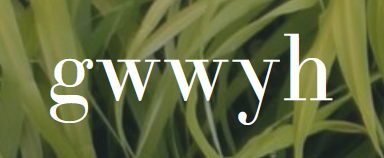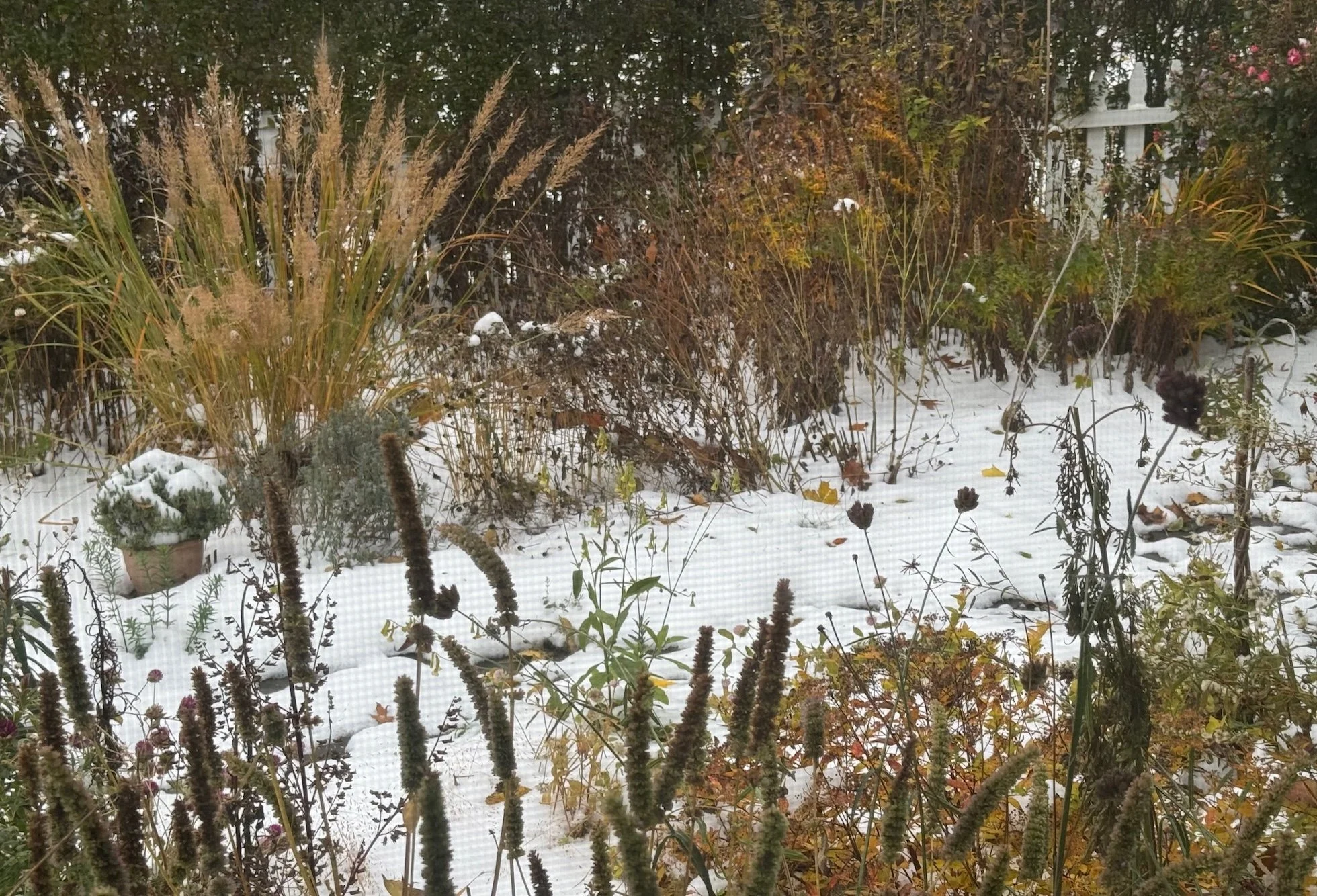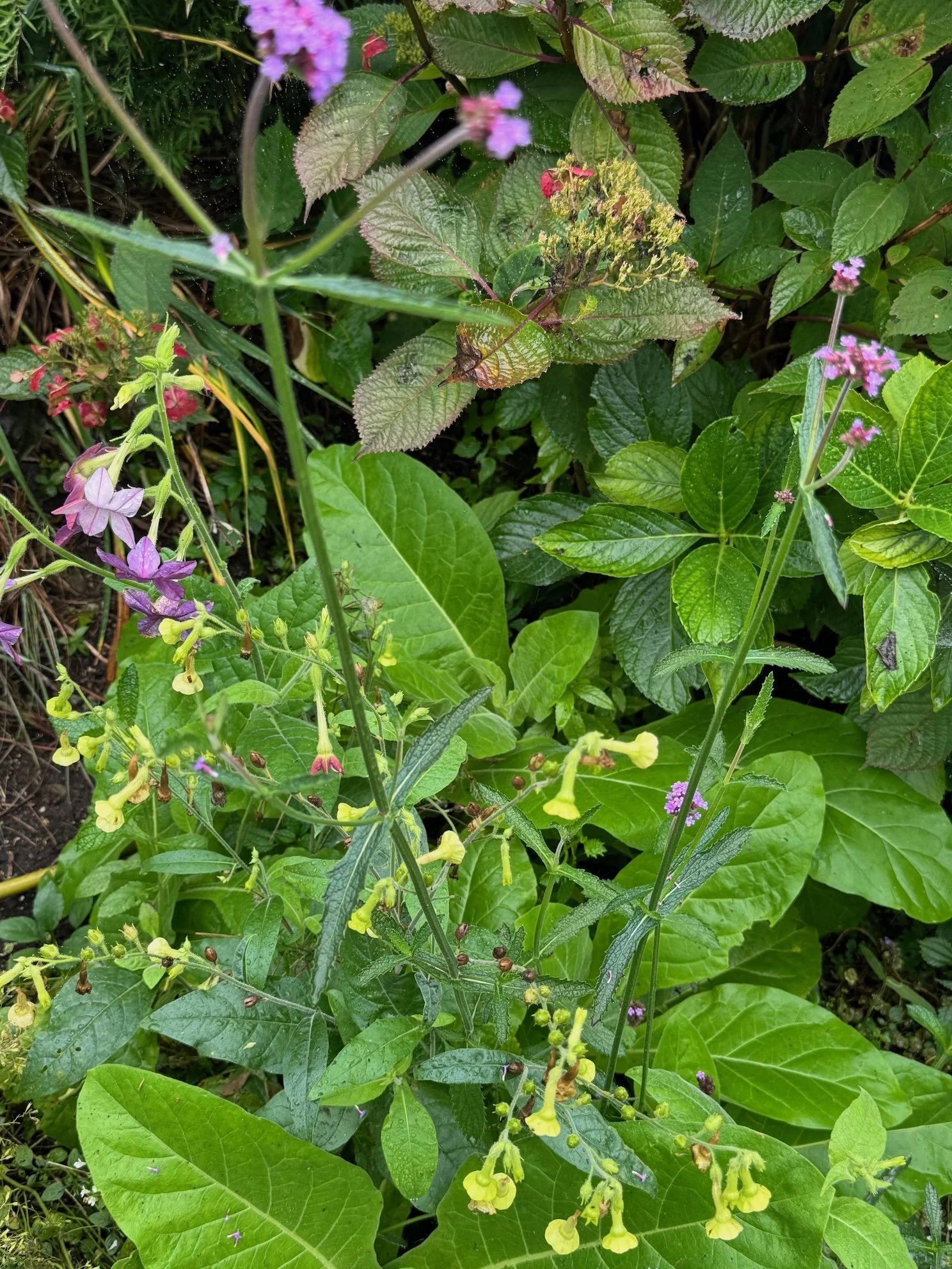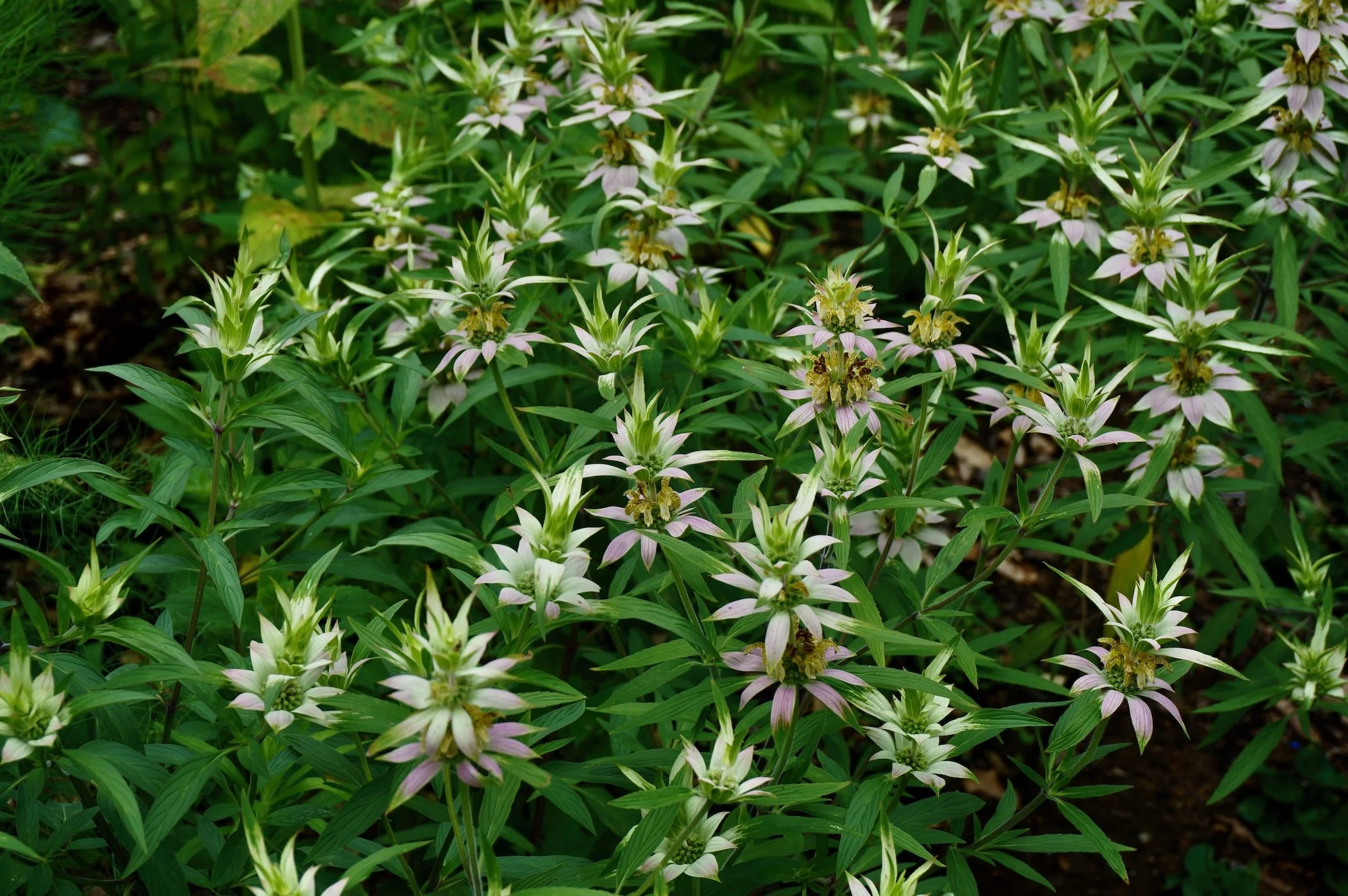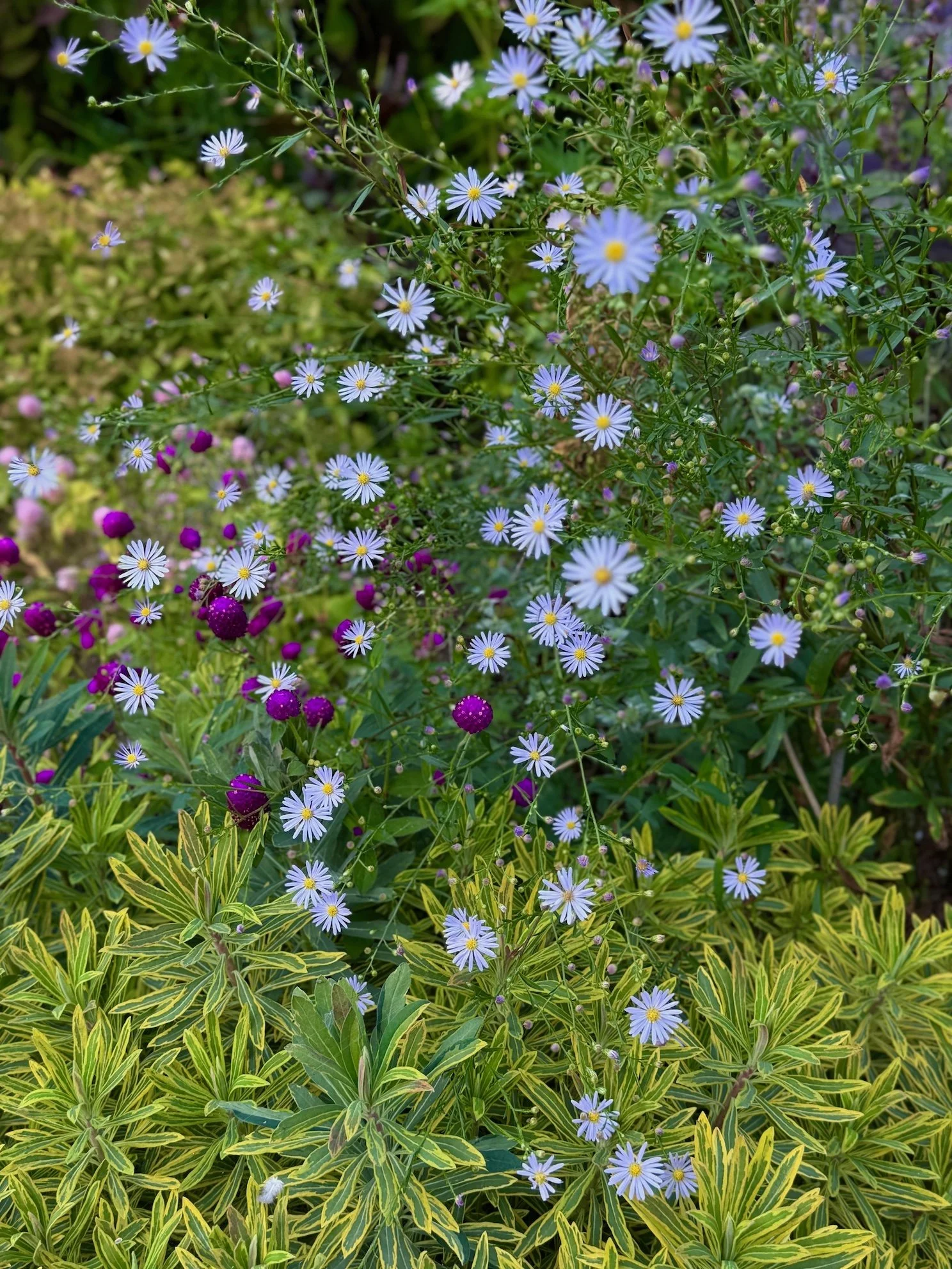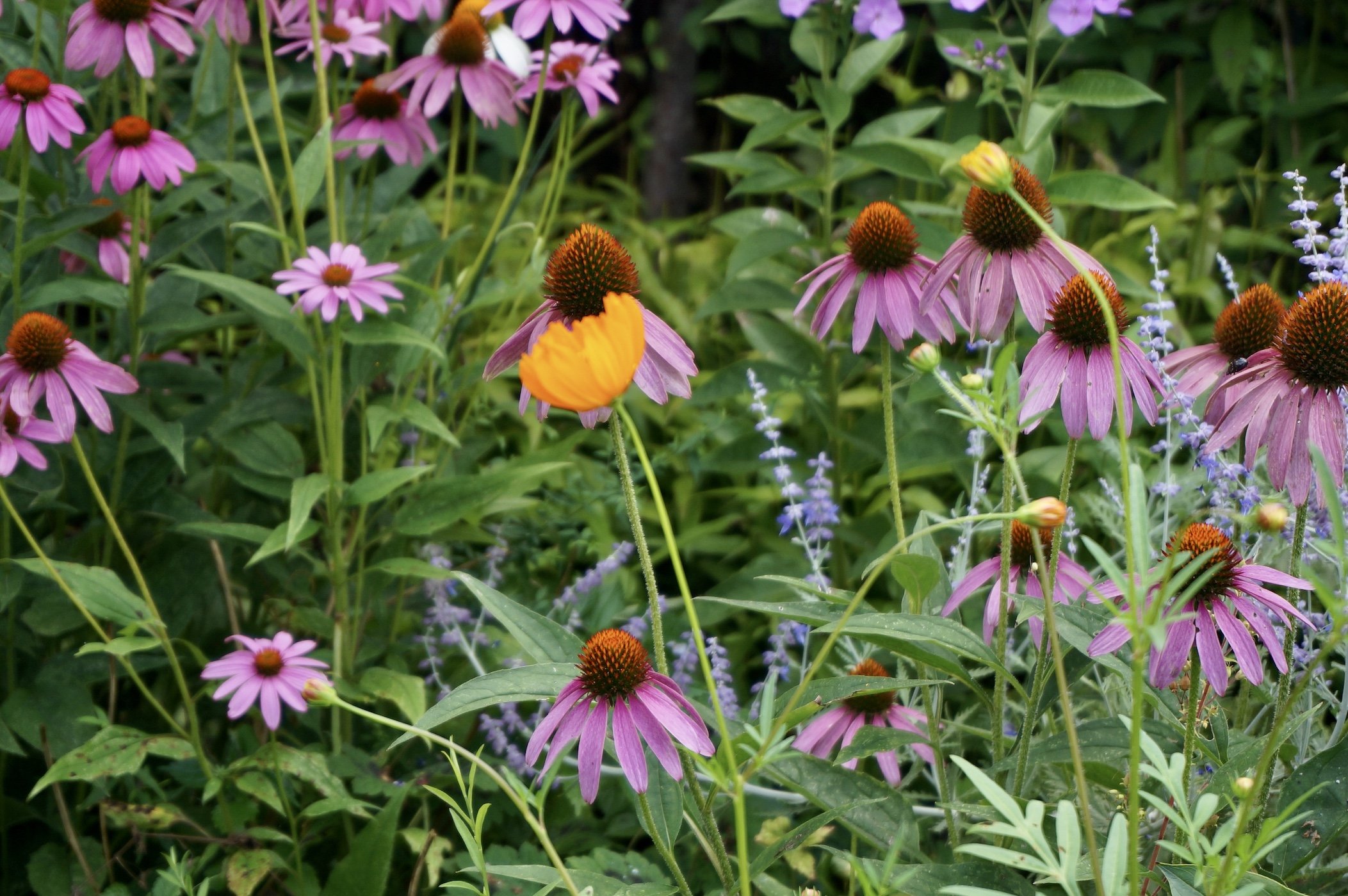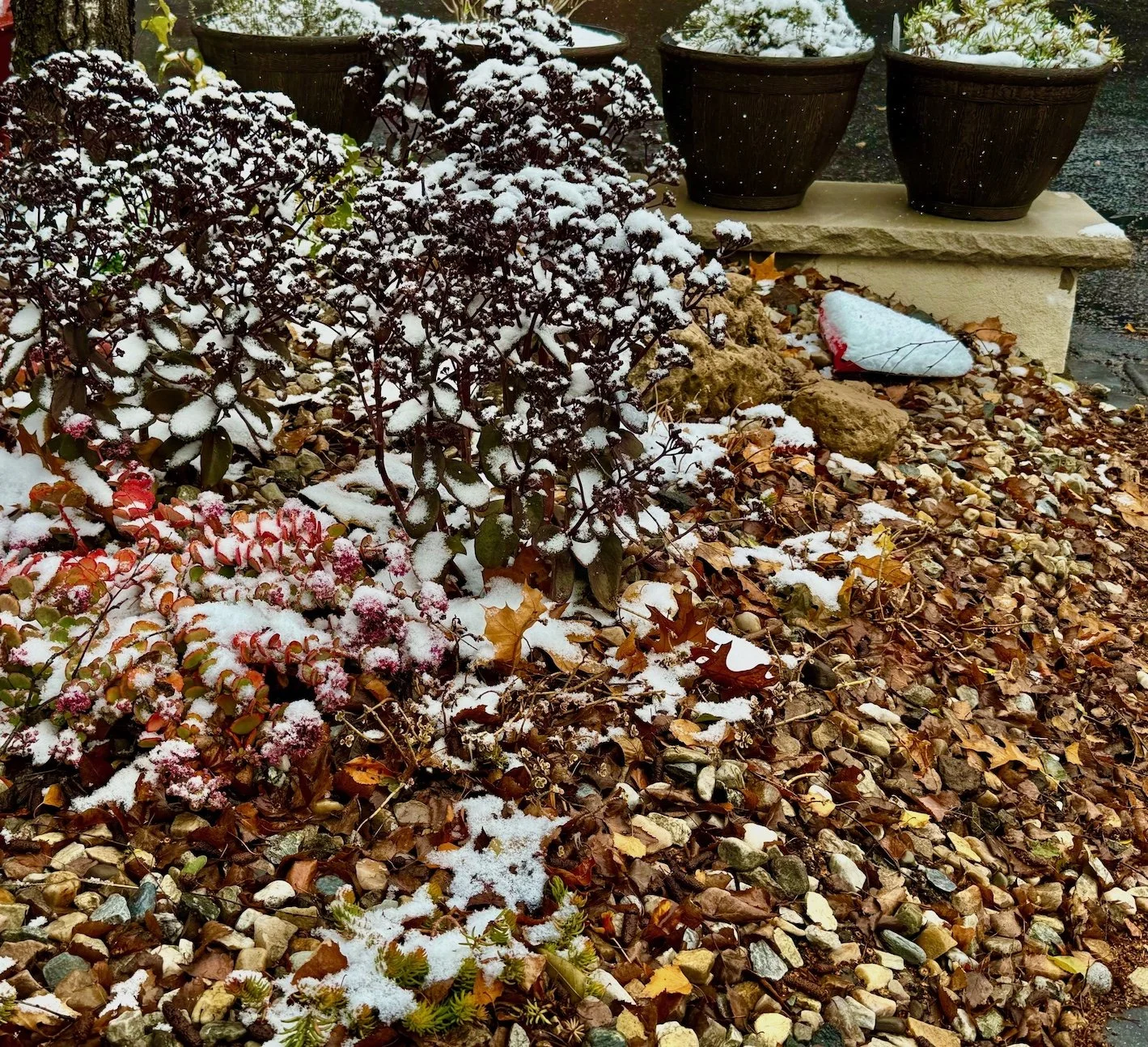Pink Zinnias and Other Surprises: 7 Standout Plants Worth Having More Of
.The first snowfall never fails to make me feel nostalgic. Looking out at my snow-covered garden feels like the perfect time to reflect on its performance over the past year. What a trying summer it was! The season turned quickly from cool and rainy to hot and wicked dry. Even with regular watering, the flowers crisped at the edges and the foliage wilted in protest.
Dismal failures: My vegetable garden suffered the most. Even with regular watering, it couldn’t withstand the hot, windy days and relentless sun. To make matters worse, I planted the tomatoes too late, and the squash borers finished off the cucumbers and squash just as they were hitting their stride. About the only things that thrived were the early lettuces and the ever-reliable Swiss chard. And to be honest, I don’t even like it that much. Below is a quick clip of ‘the walk of shame.’
Gifts from the garden: On a more upbeat note, it was a bumper year for self seeding plants. I attribute that to all the rain earlier in the season. Nasturtiums, Verbena bonariensis and a host of others inserted themselves artistically here and there. A variety of Nicotianas threatened to take over the garden. I actually had so many volunteers that I had to start weeding them out.
To be honest, I got a little sick of them after a while. Note to myself: less is more, at least in the self-seeding department. On the other hand, read on about a bunch I want more of !
These seven annuals and perennials are at the top of my list.
Patience pays off: A few years ago, a friend gifted me a several plugs of native penstemons. I had my doubts about their survival — I’d planted so many before that never made it. The tiny little guys took their time settling in, and this year they exploded with a glorious display of tiny, tubular blooms.
Last fall, I scooped up a few tiny Monarda punctata plants my daughter-in-law had grown from seed. I never dreamed they’d survive, much less look so robust. I think the rainy spring must have helped spur them on. I’ve always thought of them as a bit tenuous, but since they’re native to New York, I’m hoping they’ll return again next year.
This delicate little aster was a complete surprise. It came in a pack of leftover plugs a friend gave me last fall. The markers had fallen off, and I couldn’t identify any of them. I planted this one anyway. It looked a bit weedy at first, yet it turned out to be a delightful fall treat!
Things don’t always turn out as planned: I was a bit bummed (actually fuming) when all the zinnias in the cutting garden turned out to be pink instead of the fiery mix I’d been expecting. Attempting to tone down the pinkness, I shopped around at a garden center and discovered Celosia ‘Shimmer.’ Its soft texture and peachy-pink flowers helped soften the hot pinks considerably. It’s quickly become one of my favorite annuals. Long-lasting, easy to care for, and tolerant of a little dryness, it’s terrific in a vase — with or without zinnias. I guess this is one of those lessons: when life gives you lemons, make lemonade.
Thanks to the zinnia snafu and the discovery of Celosia ‘Shimmer,’ I realized that pink and orange combinations really rock. How did I not know this before? Here, a few leftover Cosmos ‘Sulphureus’ are tucked in among the coneflowers. Growing them from seed is ridiculously easy, and they’re definitely at the top of my list for next year.
Save the best for last:
I was initially attracted to Pineapple Sage, Salvia elegans ‘Golden Delicious,’ because of its bright chartreuse foliage. I didn’t realize it would bloom so late, but those flashy red flowers add a big boost to the garden from mid-September until frost. As I write this, I can still see flowers peeking through the falling snow. It’s happy in the garden or a container and is an annual well worth considering for late-season color.
By far, Sedum ‘Dark Magic’ was one of my best discoveries. I used it in a rock garden planting (see photo below) and paired it with other sedum varieties. I’m drawn to dark-leafed sedums, but most of the ones I’ve planted have had floppy, sloppy growth habits. This one, however, is much tidier, a bit shorter (12–15”), and has much stronger stems.
Left to right: Sedum ‘Sieboldi’, Sedum ‘Dark Magic,’ ‘Sedum ‘Angelina’, Sedum ‘Blue Spruce’
I think it looks just as good in the snow Notice that it is upright. I must have more of this!
This year’s garden was full of struggles, lessons, and unexpected surprises. The vegetable garden debacle taught me to pay closer attention to timing, soil, and water. I also gained a new appreciation for self-seeding plants and those happy little surprises that show up unplanned. They all brought color, texture, and joy when I least expected it. That’s the thing about gardening — you never get exactly what you expect, but somehow, it always feels perfect.
